For history buffs, Blue Mountain Lake is one of the must-visit, can’t-miss destinations in the Adirondacks. Not only is the community itself rich with history, it’s also home to the Adirondack Experience, The Museum on Blue Mountain Lake, a sprawling, immersive hub for all things Adirondack history, done on a big scale. This is the place where you’ll find almost everything from small artifacts like metal buttons once used on horse harnesses to entire cabins, railroad cars, and stagecoaches. This is where you go to immerse yourself in Adirondack history.
We’ve put together a list of unique, fascinating items that you can’t miss and won’t want to. Each helps tell the story of the Adirondack experience.
Anne LaBastille’s cabin
Since 1976, the books of acclaimed author Anne LaBastille have connected generations of Adirondack residents, friends, and would-be adventurers to both the beauty and difficulties of life lived in the wilderness. LaBastille’s Woodswoman series, now classics of Adirondack literature, explored what it was like to live off the land and build one’s own cabin deep in the woods on Twitchell Lake. After her death, LaBastille’s cabin, immortalized in her writings, was carefully dismantled and reconstructed, this time inside the ADKX exhibit, “Life in the Adirondacks.” Peek inside the cabin, where her vintage typewriter still rests on the desk and treasured books line the shelves, letting visitors almost feel as though the owner has just stepped out for a moment.
Bonus: grab a copy of Woodswoman in the ADKX store!
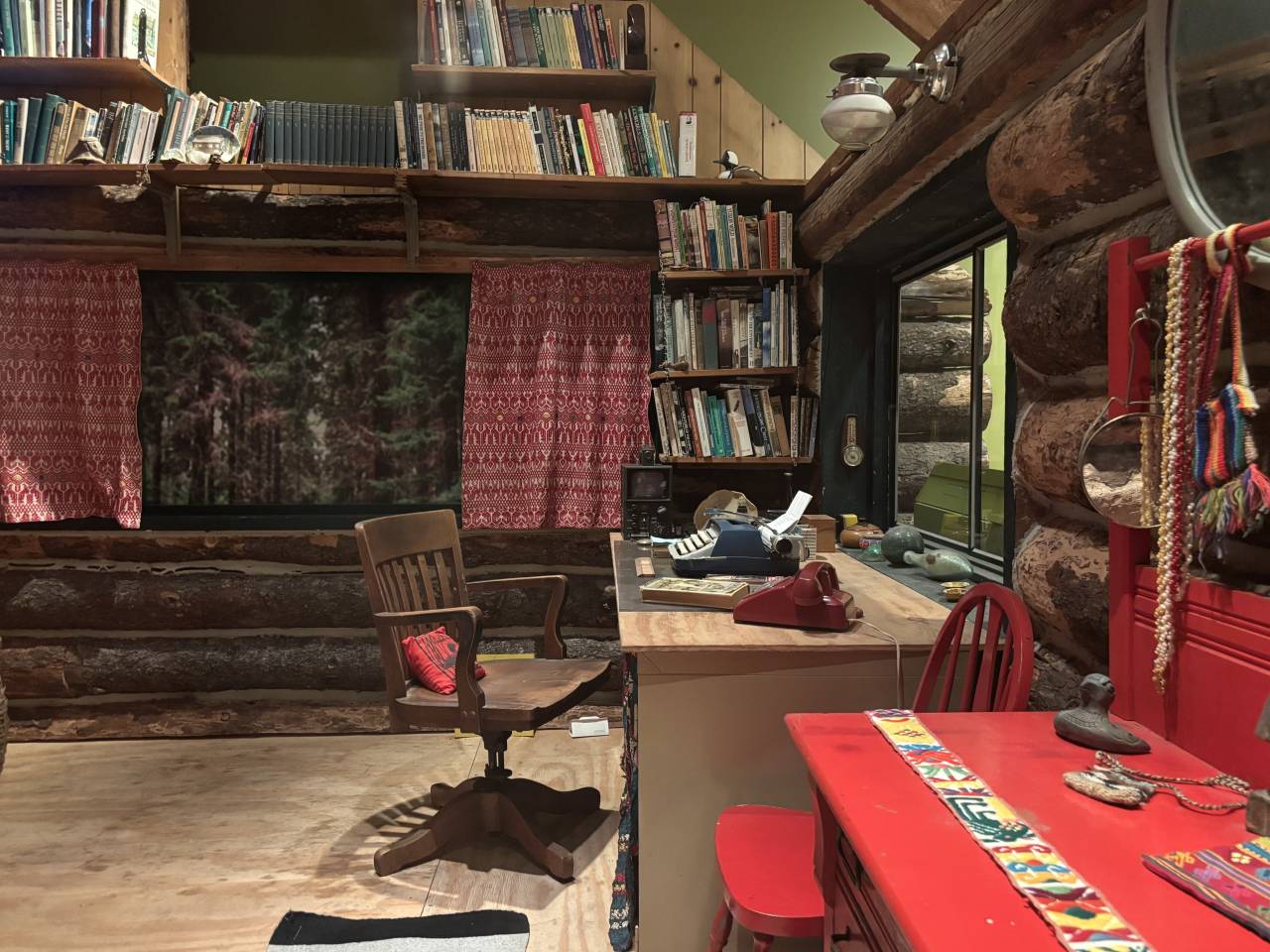
The stagecoach
For many years, if you wanted to adventure in the Adirondacks, your journey involved horses, including the stagecoach you’ll find in the “Life in the Adirondacks” exhibit. Built ca. 1840, this classic Concord coach (a popular style of stagecoach) looks ready for visitors to climb aboard for an adventure! (Please don’t, this is a museum, after all). This stagecoach was used in the southern Adirondacks, traveling between the train station in Pottersville to the steamboat landing on Schroon Lake. Today, it’s a beautifully preserved reminder of the many forms of transportation that have defined our local history.
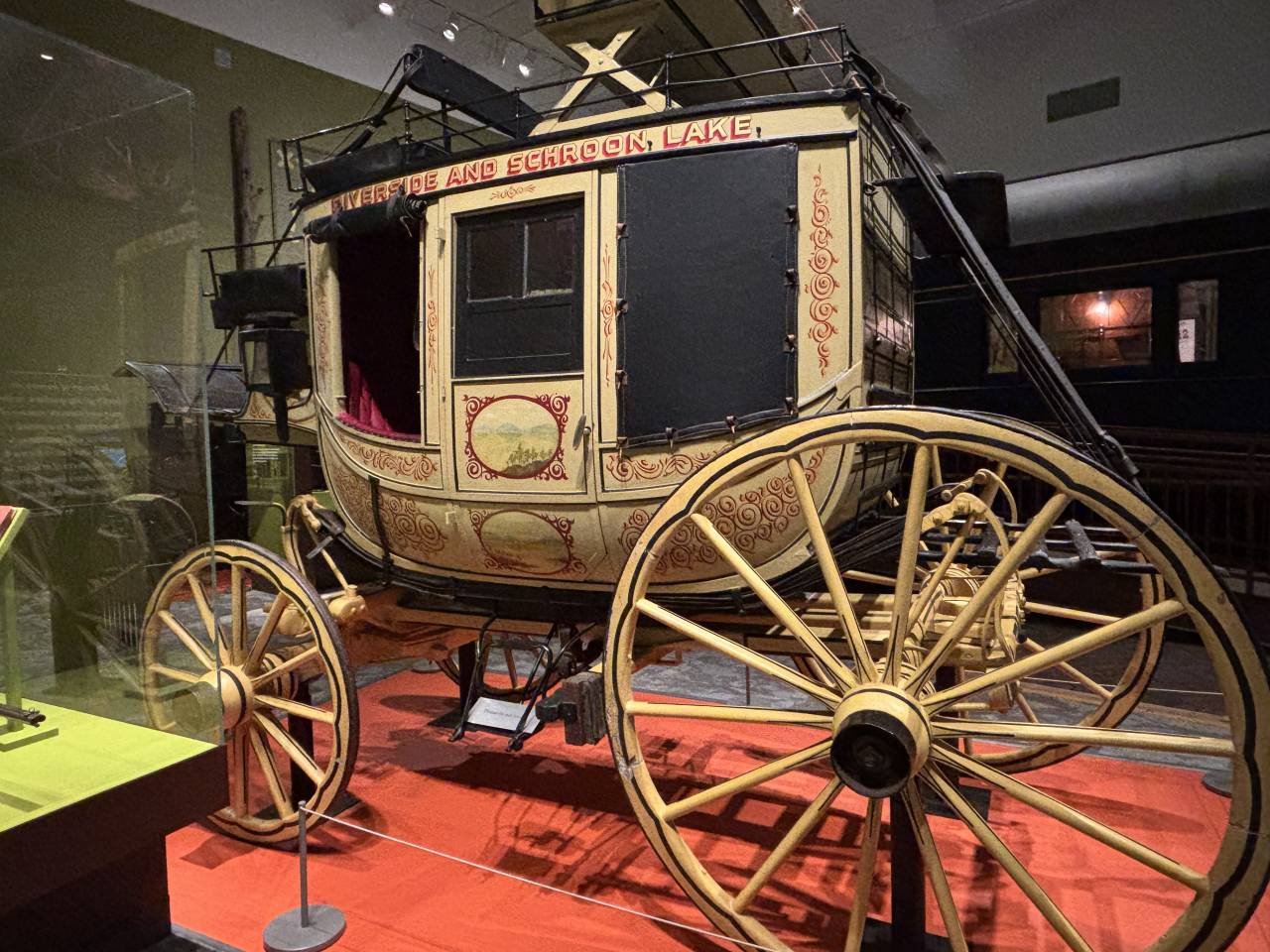
Kanien'kehá:ka gustoweh
For thousands of years, indigenous people, including Paleo-Indians and, later on, the Kanien'kehá:ka (Mohawk), Oneida, and Mahican peoples, made the vast expanses of the Adirondacks their home. Here, they did—and still do—live, work, hunt, camp, fish, and raise families. Artifacts ranging from stone tools to pottery to clothing to baskets help tell the story of our indigenous past, including this gustoweh, which is a headdress. This contemporary gustoweh is that of the Mohawk people, and is made from an ash frame, decorated with handmade beadwork and feathers. The feathers aren’t random; each nation in the Haudenosaunee (Iroquois) Confederacy had a distinct style. Sacred items, gustoweh are still worn by male Mohawks in certain traditional ceremonies, official community gatherings, and special events. Explore more Haudenosaunee, including women’s regalia, in the exhibit “A Peopled Wilderness.”
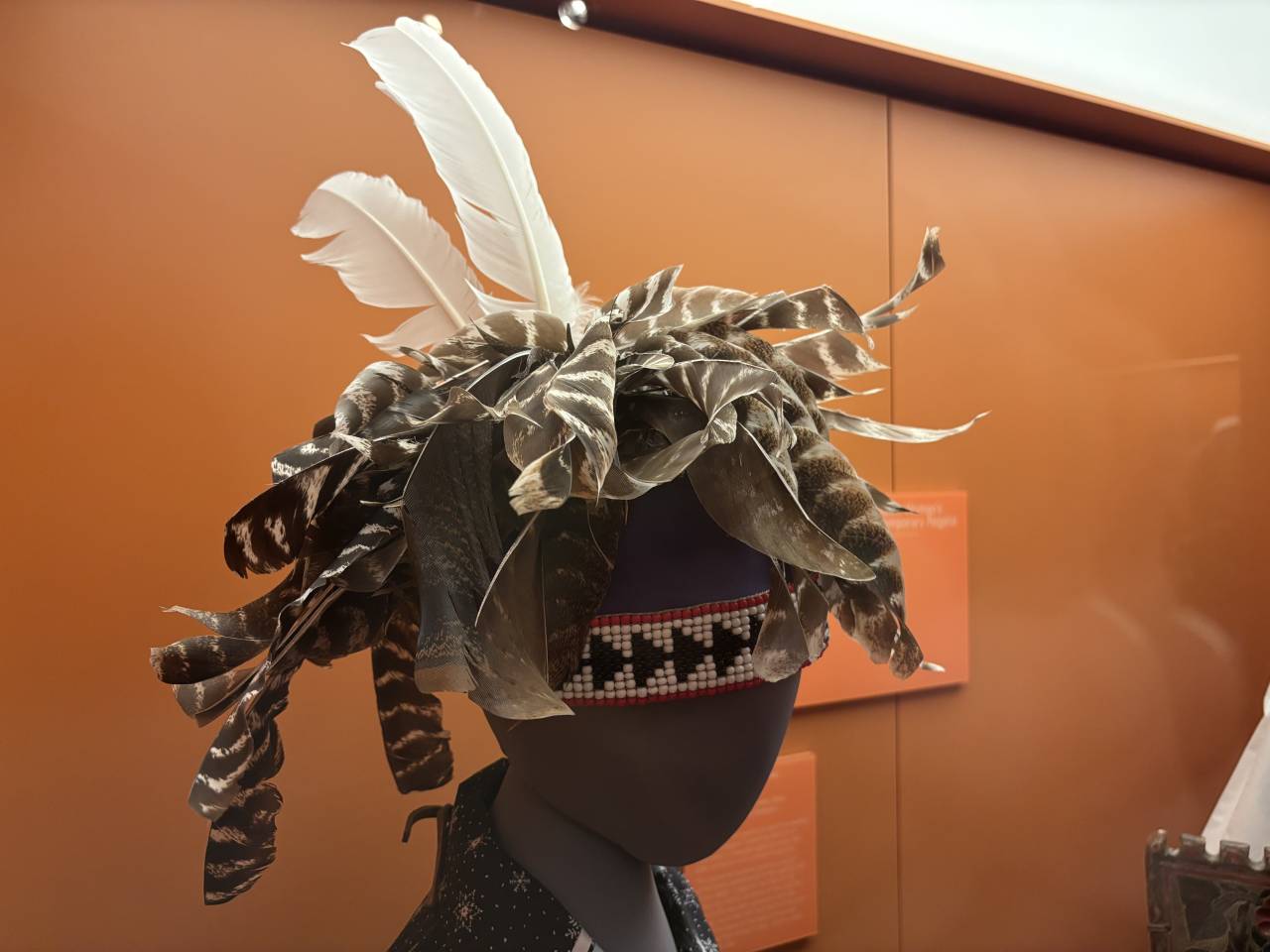
Clarence Petty’s boots
Look at your feet. There’s an old saying that “the shoes make the man,” and while that may not be true, what is true is that our shoes, from Jordans to rubber flip flops, help tell the story of where we’ve been, what we’ve experienced. These well-worn boots on display have traveled all over the Adirondacks, thanks to their owner, legendary conservationist, hiker, and pilot, Clarence Petty. Over his 104 years, Petty grew up in a small cabin, attended a one-room schoolhouse, hiked the High Peaks over and over again, and worked as a tireless conservationist who shaped the protections the Adirondacks enjoy today. He also taught people to fly, tackled forest fires, and inspired generations of Adirondacks.
Bonus: The Extraordinary Adirondack Journey of Clarence Petty is a great read. You’ll find it in the museum shop.
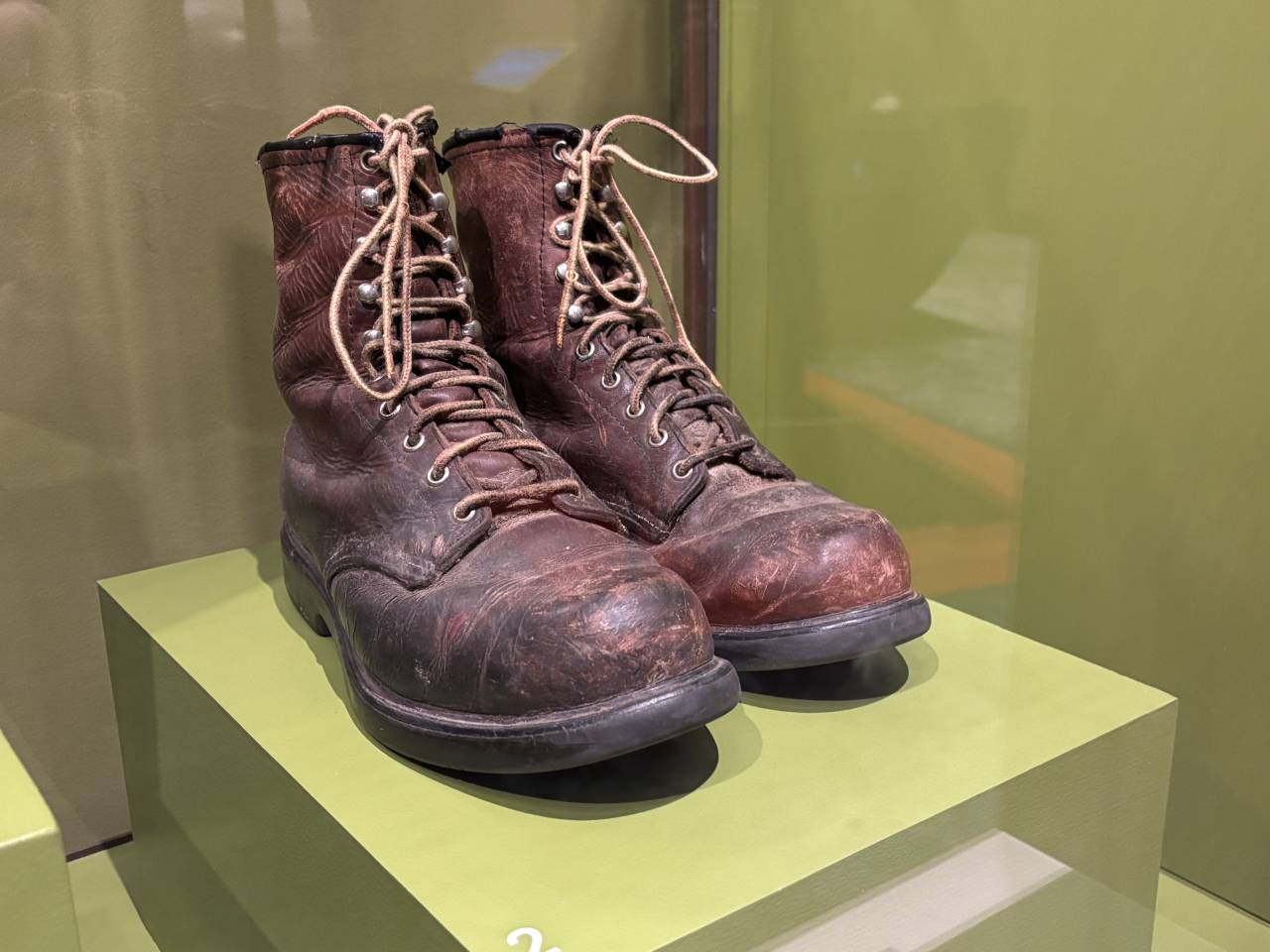
Camping tent and platform
Today, the Adirondacks abounds with motels, inns, resorts, and cabins, offering visitors a great array of lodging that is just right for them. For many, though, a favorite overnight is a classic: camping. Part of what makes the ADKX so special is the interactive way it immerses visitors into our fascinating history. Don’t miss the pondside tent and wooden platform, where you’re welcome to sit back, relax, and watch the trees and activity around you. It’s a great call-back to old-fashioned tents that were once in abundance. You might just be inspired to go camping yourself!
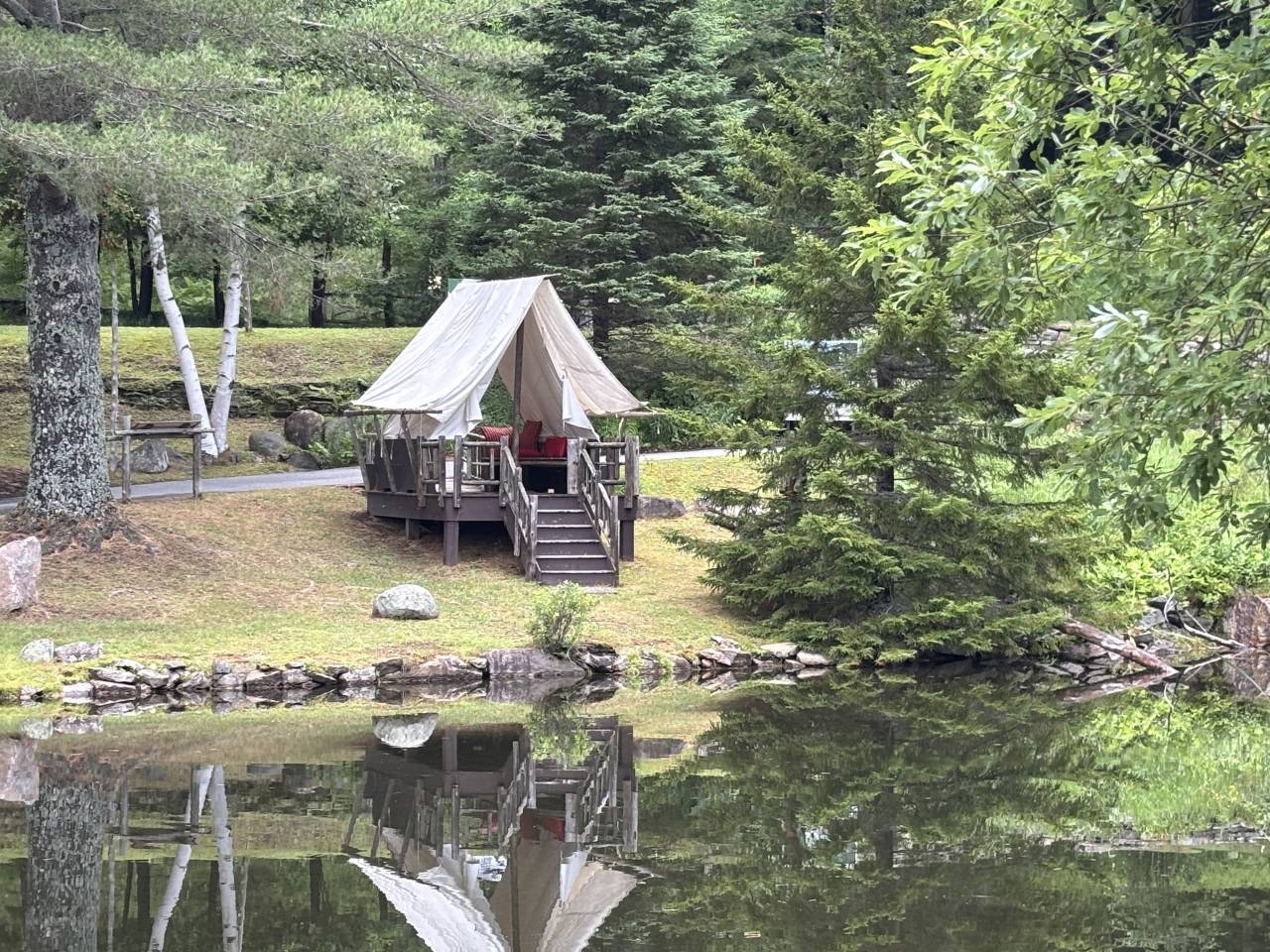
The naptha launch
This little launch has many stories to tell and so much to teach! Built in 1910, this launch once belonged to Alfred Gwynne Vanderbilt, whose family owned nearby Great Camp Sagamore, one of the finest examples of the Gilded Age.
The launch also represents a unique period of time between steam engines and gasoline, when the steam engine was seen as too heavy (and labor-intensive) and gasoline engines weren’t very advanced. Enter the naphtha engine, which was essentially a steam engine running off the much lighter naphtha instead of water. (Fun fact: naphtha was once an ingredient in Fels-Naptha soap, but it’s actually an irritant!) Thanks to that lightneess, the engines became very popular, although they too eventually were replaced by gasoline.
Bonus: be sure to check out the museum's other numerous items related to the Gilded Age!
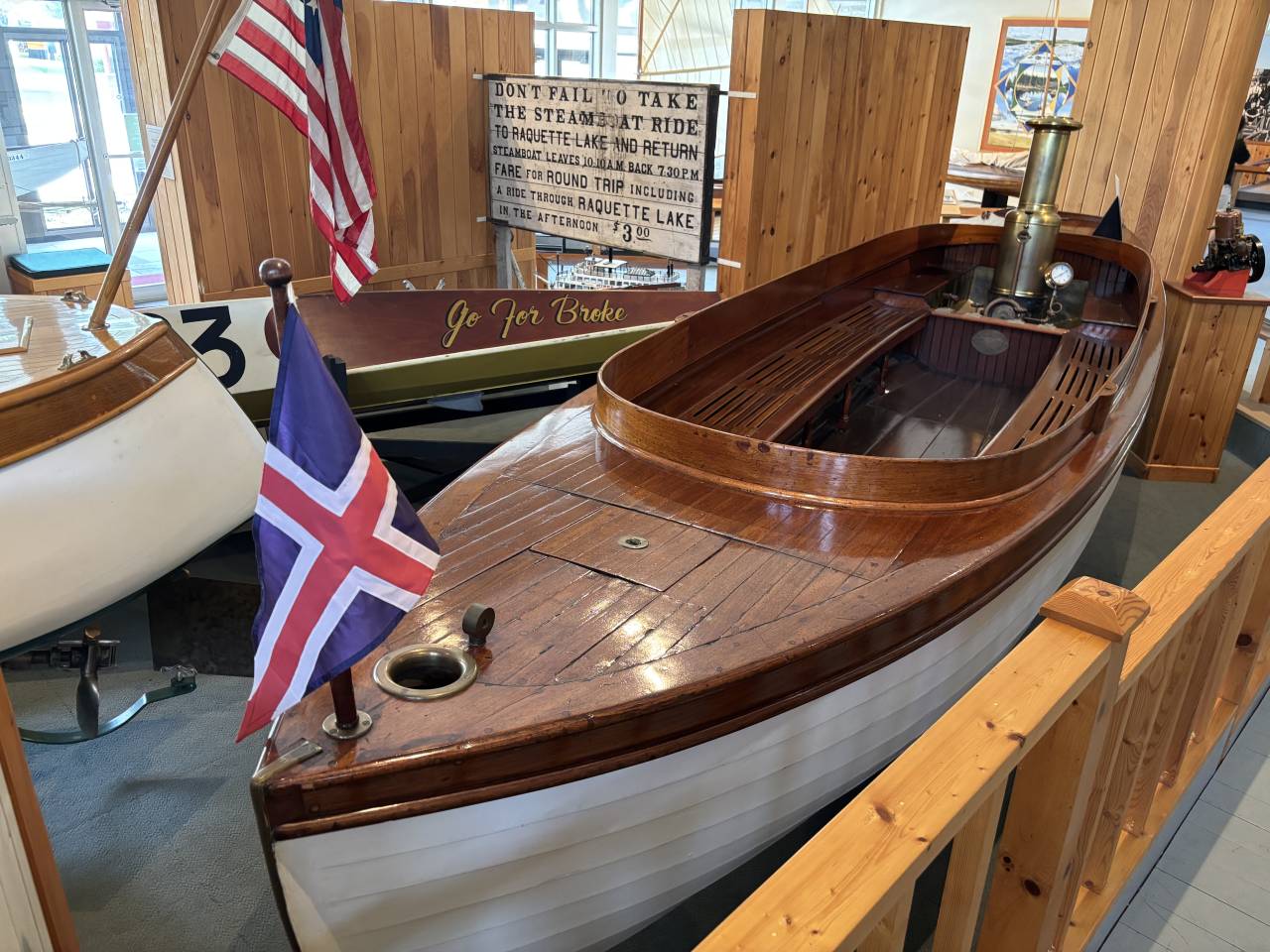
Pullman railcar
When it comes to museum exhibits, it doesn’t get better than a large, lavish railcar that you can actually walk through! Step back in time in the Pullman passenger car Louisville (originally named Oriental). This amazing jewel dates back to 1890 and represents the heyday of the American railroads, the glamor and wealth of the Gilded Age, and is a great example of how important historic preservation is! Board on the verandah then stroll through the car, with its velvet seats, mahogany paneling, bathrooms (with a small tub!), dining room, chandeliers, and more. Take a peek at the small bedrooms and imagine what it would have been like to travel in your own private railcar, just like Adirondack camp owners like William Seward Webb and W.W. Durant.
Bonus: check out the small steam locomotive under the pavilion by the pond! It was operated by the Raquette Lake Transportation Company. The locomotive carried passengers arriving (and departing) on steam launches on Raquette Lake.
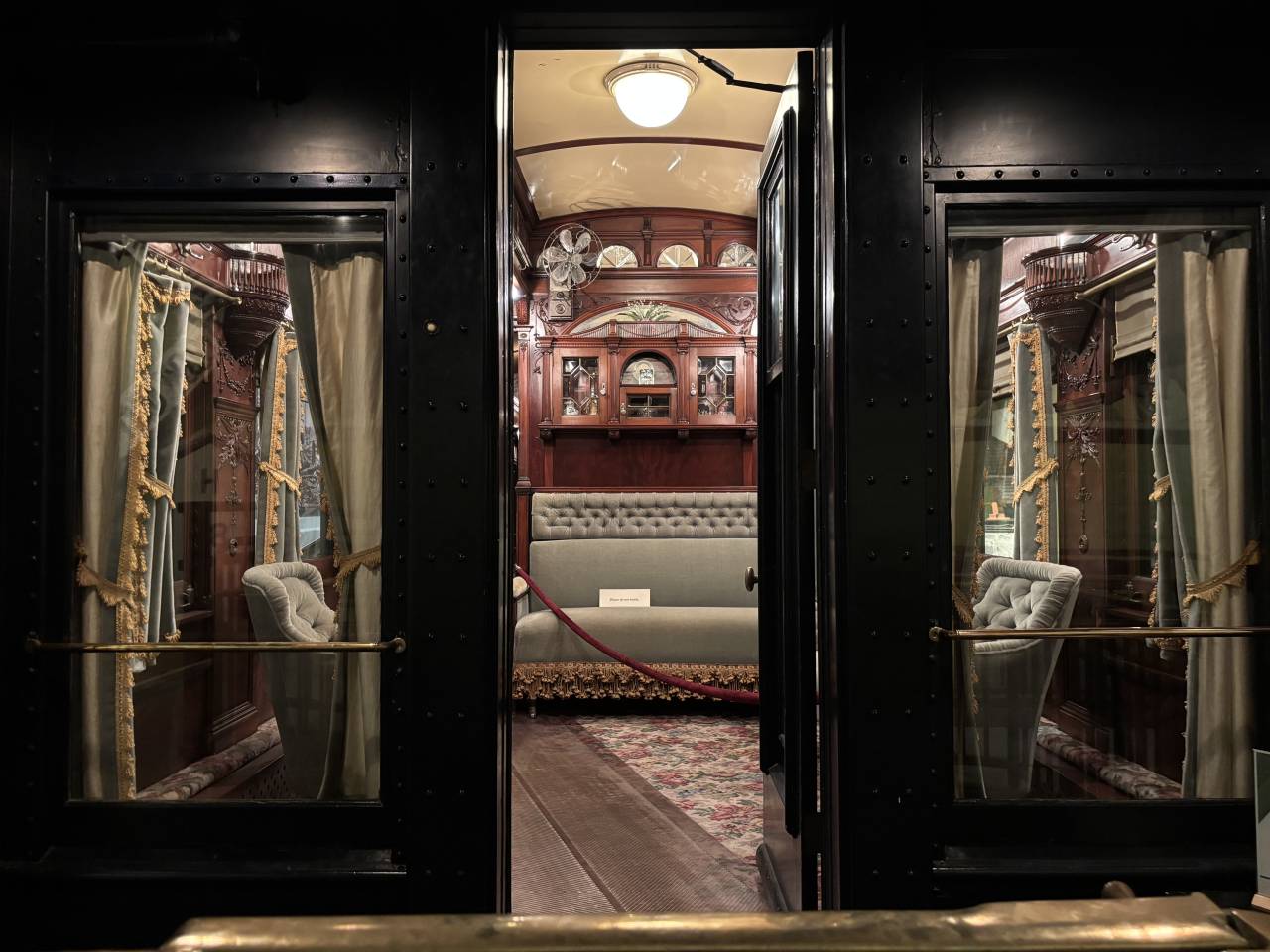
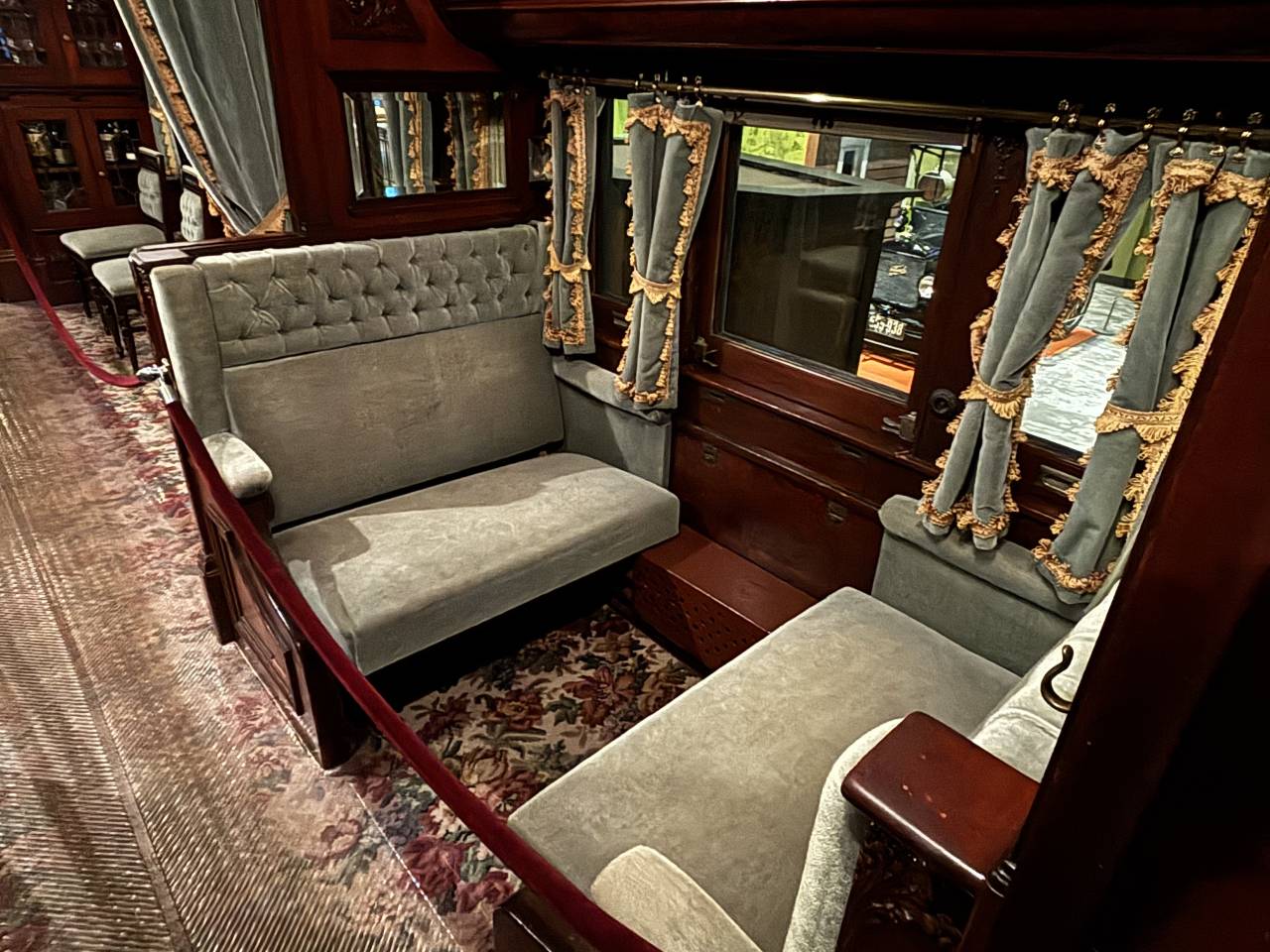
All told, there are thousands of items in the ADKX collection. These are a few of our favorites, but nothing beats visiting the museum and experiencing it all in person, for yourself. Climb a fire tower on the museum grounds, try your hand at rowing a guideboat, and so much more. It's a family-friendly destination that will leave you fascinated, delighted, and ready to visit again and again.








































